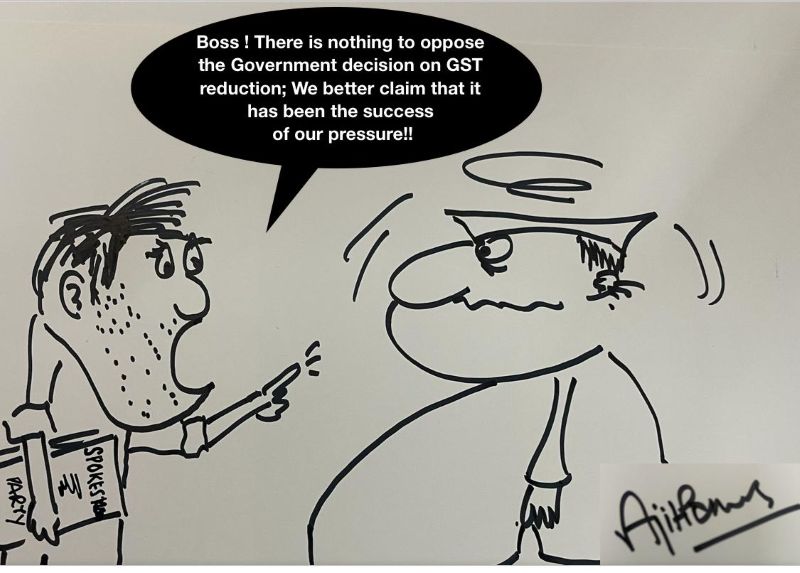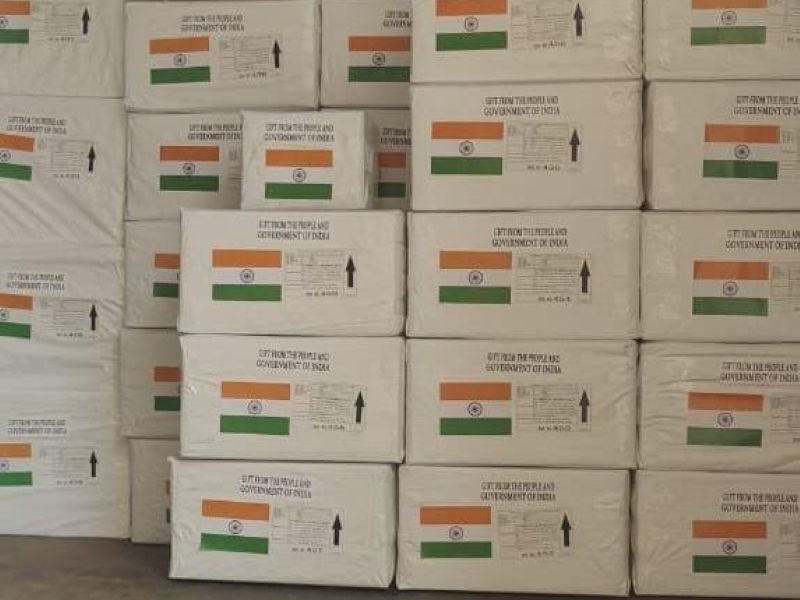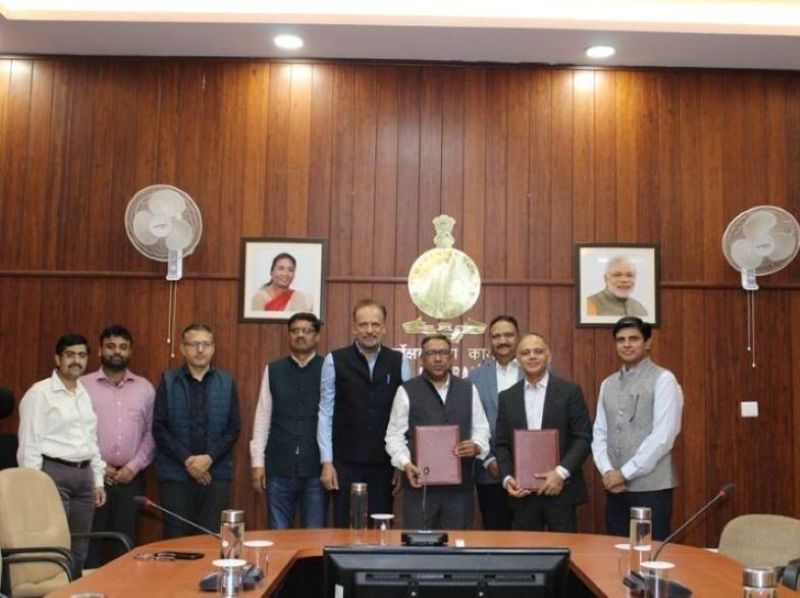A subtle but notable shift is emerging in the way some overseas Indians are sending money home. Over the past two months, a portion of remittances traditionally routed through banks has started arriving in India via stablecoins a form of cryptocurrency pegged to the US dollar.This unconventional route is gaining attention as stablecoin transfers, particularly using USDT (Tether), offer a more lucrative conversion rate compared to conventional channels. In India, USDT currently trades at a 4–5% premium, with one coin priced around Rs93 compared to the prevailing INR-USD exchange rate of Rs88.6 per dollar.
In practical terms, an NRI sending $1,000 through a bank would receive around Rs88,600 in India. However, if the same amount is converted into USDT abroad and sold locally, it could fetch over Rs93,000 a clear arbitrage opportunity benefiting both remitters and intermediaries.
Crypto Route: Quicker, Cheaper and Not Entirely Kosher
According to market participants, money changers in the UAE and the US are facilitating such transactions. Instead of routing funds through banks, they purchase USDT and transfer it to their counterparts in India. The coins are then sold either through peer-to-peer networks — often via Telegram or unregulated platforms — or on domestic exchanges.Even after paying the 1% tax deducted at source (TDS) applicable on crypto transactions, intermediaries earn higher margins, while customers enjoy better conversion rates and faster fund transfers. Market estimates suggest that around 3–4% of remittance flows may have already shifted from banking channels to stablecoins.“Money transmitters in some jurisdictions are now permitted to handle remittances in both fiat and crypto, including stablecoins,” said Purushottam Anand, advocate and founder of Crypto Legal. “For example, a US-based licensed money transmitter can accept USD, convert it into stablecoins, and send them directly to a beneficiary’s digital wallet in India.”
Rising Demand for USDT Fuels Trend
Industry insiders attribute the shift to India’s growing demand for stablecoins like USDT, which are widely used to hedge against crypto volatility and for payments in offshore gaming and trading platforms. This demand has sustained the premium in local markets, creating a profitable avenue for inflows from abroad.
Regulatory Concerns Remain
However, these developments are likely to draw the attention of regulators. The Reserve Bank of India (RBI) has maintained its cautious stance on cryptocurrencies, even as it recently held discussions with members of the crypto community.The central bank continues to back the Central Bank Digital Currency (CBDC) — a government-backed digital rupee as a legitimate alternative for cross-border payments. Unlike private stablecoins such as USDT or USDC (issued by Circle), CBDCs are centralised and issued by national monetary authorities. The UAE, for instance, plans to launch a Dirham-based CBDC, which could eventually integrate with India’s digital rupee for regulated cross-border transfers.
Private Sector Testing the Waters
Despite regulatory uncertainty, crypto players and fintech firms are exploring the space. A Bengaluru-based startup recently announced plans to launch an INR-denominated stablecoin, potentially enabling Indians abroad or foreign importers to transact directly in rupee-backed digital tokens.Sources also indicated that some service export payments, particularly those not captured under the Export Data Processing and Monitoring System (EDPMS), are being settled in stablecoins hinting at the early stages of a parallel remittance ecosystem.While the flow of stablecoin-based remittances is still modest, the trend highlights the growing intersection between traditional finance and decentralised digital currencies a development that could reshape how money moves across borders in the years ahead,noted financial experts.
(Business Correspondent)
.jpg)
 Ira Singh
Ira Singh 

















Related Items
India, Bostwana sign MoUs in health, energy & pharmaceutical sectors
Between Coal and Clean: India’s Climate Dilemma at COP30
DMK spreading misinformation on Central schemes: Sitharaman